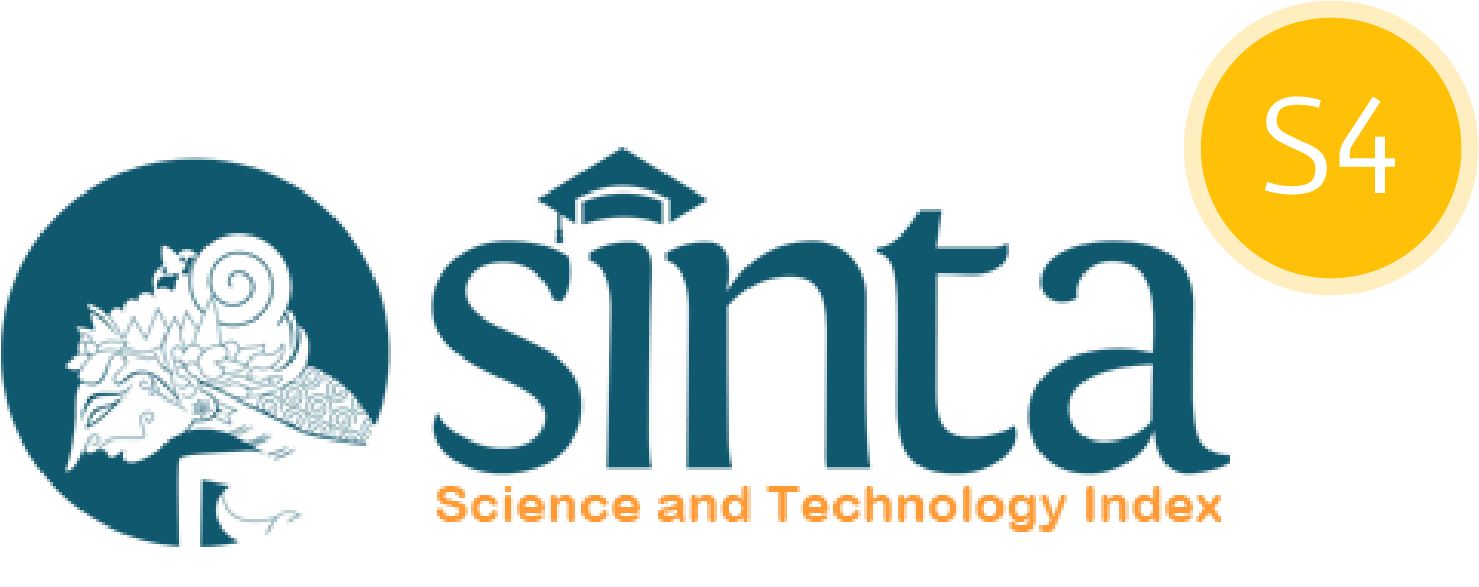Risk Assessment and Mitigation in Workplace Safety at Energy Distribution Company PT XYZ
DOI:
https://doi.org/10.37641/jimkes.v13i1.3074Keywords:
Occupational Safety, Risk Assessment, Risk Mitigation, Safety Management, Zero AccidentAbstract
PT XYZ has attempted to protect its employees from work accidents through Occupational Safety and Health (OSH) risk assessments, safety transformation, and the digitalization of safety management. However, the company has not achieved zero accidents due to factors such as the large area, many workers, diverse types of work, an unsafe work culture, and budget constraints. Therefore, risk mitigation is crucial for effective safety management. This study uses a combined method of Analytic Hierarchy Process (AHP)- Failure Mode and Effect Analysis (FMEA)- Bow Tie Analysis (BTA)- Similarity to Ideal Solution (TOPSIS) to select the appropriate risk mitigation strategies. The results showed that disruption handling work carries the highest risk, with 14 risks identified, including 7 high risks, 4 medium risks, and 3 low risks. A total of 79 mitigations have been effective, while 127 mitigations need to be implemented as a priority. The highest priority mitigations to reduce the risk of work accidents include the use of volt detectors, routine vehicle inspections, installation of warning signs, SCADA integration, checking climbing ladders, installing grounding, and using personal protective equipment. With the right mitigation steps, PT XYZ is expected to achieve optimal work safety and zero accidents.
Downloads
References
Adhakari, E. R., Mishra, A. K., & Joshi, E. K. R. (2020). Causative factor of accidents in commercial buildings of Bharatpur metropolitan city. Saudi J Civ Eng, 4(7), 101-112.
Adlini, M. N., Dinda, A. H., Yulinda, S., Chotimah, O., & Merliyana, S. J. (2022). Metode penelitian kualitatif studi pustaka. Jurnal Edumaspul, 6(1), 974-980.
Baars, J., Rajaeifar, M. A., & Heidrich, O. (2022). Quo vadis MFA? Integrated material flow analysis to support material efficiency. Journal of Industrial Ecology, 26(4), 1487-1503.
Bhattacharjee, P., Dey, V., & Mandal, U. K. (2020). Risk assessment by failure mode and effects analysis (FMEA) using an interval number based logistic regression model. Safety Science, 132, 104967.
Delvika, Y., & Mustafa, K. (2019, May). Evaluate the implementation of occupational health and safety (ohs) management system performance measurement at PT. XYZ medan to minimize extreme risks. In IOP Conference Series: Materials Science and Engineering (Vol. 505, No. 1, p. 012028). IOP Publishing.
Fauzan, H. (2024). Sistem Pengendalian Manajemen. Tangerang: Indigo Media.
Fauziah, S. I., & Baskara, I. (2024). The effect of work environment and work discipline on employee performance through motivation. Jurnal Ilmiah Manajemen Kesatuan, 12(3), 649-660.
Ge, J., Zhang, Y., Xu, K., Li, J., Yao, X., Wu, C., ... & Xu, Q. (2022). A new accident causation theory based on systems thinking and its systemic accident analysis method of work systems. Process Safety and Environmental Protection, 158, 644-660.
Hendarwan, D., Putri, Y. D., Porwani, S., & Iqbal, M. (2023). Efefktifitas penerapan sistem manajemen dalam melaksanakan koordinasi dan pemeliharaan sistem manajemen kesehatan dan keselamatan kerja (SMK-3) pada suatu perusahaan. Motivasi, 8(1), 50-59
Hopkin, P. (2018). Fundamentals of risk management: understanding, evaluating and implementing effective risk management. Kogan Page Publishers.
Manutilaa, K. C., Risambessy, A., & Leuhery, F. (2024). The effect of work motivation, education and training on employee performance. Jurnal Ilmiah Manajemen Kesatuan, 12(5), 2051-2062.
Mascia, A., Cirafici, A. M., Bongiovanni, A., Colotti, G., Lacerra, G., Di Carlo, M., ... & Kisslinger, A. (2020). A failure mode and effect analysis (FMEA)-based approach for risk assessment of scientific processes in non-regulated research laboratories. Accreditation and Quality Assurance, 25, 311-321.
Nendi, I. (2024). Strategies to improve employee motivation and performance through the employee engagement program. Jurnal Ilmiah Akuntansi Kesatuan, 12(4), 505-512.
Nikmah, W., Nugroho, P., & Purnomo, A. S. D. (2024). The effect of external and internal factors on financial management of salt business actors. Jurnal Ilmiah Manajemen Kesatuan, 12(6), 2373-2382.
Pertiwi, T. (2023). Implementation of human resource management strategy in improving organizational performance. Jurnal Ilmiah Manajemen Kesatuan, 11(3).
Polukarov, O., Prakhovnik, N., Arlamov, O., Demchuk, H., & Mitiuk, L. (2022). The role of occupational safety management at enterprises and the factors contributing to its unsatisfactory condition. Economics, Entrepreneurship, Management, 9(1), 44-52.
Putri, D. N., & Lestari, F. (2023). Analisis penyebab kecelakaan kerja pada pekerja di proyek konstruksi: literature review. Prepotif: Jurnal Kesehatan Masyarakat, 7(1), 444-460.
Qin, J., Xi, Y., & Pedrycz, W. (2020). Failure mode and effects analysis (FMEA) for risk assessment based on interval type-2 fuzzy evidential reasoning method. Applied Soft Computing, 89, 106134.
Radiansyah, A., Baroroh, N., Fatmah, F., Hulu, D., Syamil, A., Siswanto, A., ... & Nugroho, F. (2023). Manajemen risiko perusahaan: Teori & Studi Kasus. PT. Sonpedia Publishing Indonesia.
Ratih, D. S., Ridwandono, D., & Wulansari, A. (2024). Tata kelola ti pengukuran tingkat kapabilitas manajemen risiko dan masalah berdasarkan framework COBIT 5. JATI (Jurnal Mahasiswa Teknik Informatika), 8(3), 4173-4181.
Smith, D. J. (2021). Reliability, maintainability and risk: practical methods for engineers. Butterworth-Heinemann.
Sulistiyarso, H., Zulmi, W. B., & Raharjo, S. T. (2024). The role of strategic leadership in the profitability of BRI Bank work units. Research Horizon, 4(6), 255-264.
Vincoli, J. W. (2024). Basic guide to system safety. John Wiley & Sons.
Wekoye, S.A. , Nyaora Moturi, W., & Makindi, S. (2020). Factors influencing non-compliance to occupational safety and health practices in the informal non-food manufacturing sector in Kampala city, Uganda. Current Journal of Applied Science and Technology, 38(6), 1-12.
Zebua, I. I. I., Baene, E., Telaumbanua, E., & Zebua, E. (2024). Analisis penerapan keselamatan dan kesehatan kerja (K3) dalam meminimalisir resiko kerja pada PT. Pos Indonesia (Persero) kantor cabang Gunungsitoli. Jurnal GeoEkonomi, 15(2), 197-210.
Downloads
Published
How to Cite
Issue
Section
License
Copyright (c) 2025 Author(s)

This work is licensed under a Creative Commons Attribution-ShareAlike 4.0 International License.




